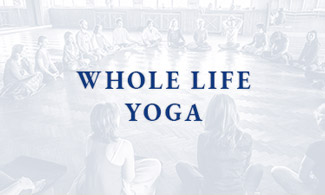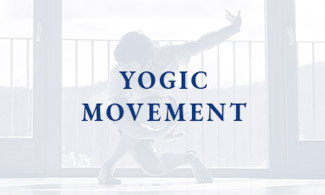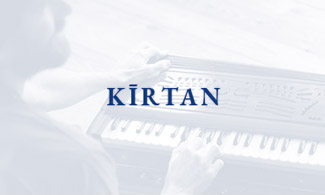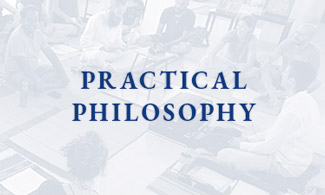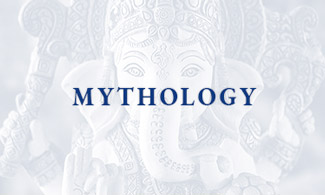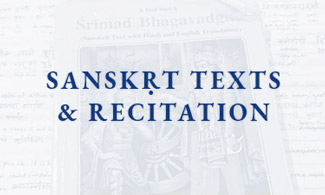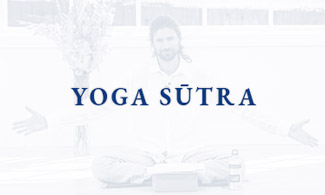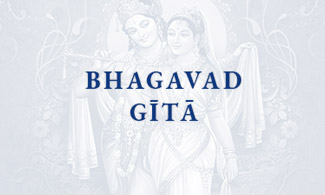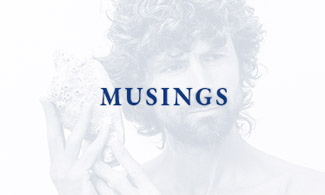
On Truth and Trauma – with reference to the Yoga Sūtra
Atha yogānuśāsanam – and now ensues yoga. So begins the Yoga Sūtra.
What does yoga ensue from? From the knowing that we do not know, from the acknowledging that we are partially (and significantly) blind, from recognising that we are subject to avidyā.
Vidyā means seeing fully: whole knowledge. The prefix ‘a’ denotes different from, less than, not, other than, not quite. Avidyā is the state of partiality that flesh is heir to.
As soon as we come into embodiment we begin to identify with our bodily form, which of course is part of nature, subject to birth, death and between those two great changes, constant change. This identification with our wonderful though tenuous bodily vehicle brings an insecurity. With our sense of self so wound and bound up with changing perceptions and narratives, it is ever insecure. We thus try to bolster it with our affiliations and allegiances, our preferences and aversions. As we build ourselves a sense of identity we often simulaneously fortify a prison that confines us from much of the beauty and magnificence of existence.
Yoga begins when we own this, and when we know that we do not know. Satyam eva jayate – ‘truth always prevails’ is one of the famous quotes from the Mahābhārata epic, that tells us of the messy complexity and infinite variegation of the flavours and experiences of Life.
Truth always prevails.
Yoga is the search for truth. And yoga is a rehabilitation project, a path of healing – back to wholeness, back to the essence of what is, beyond the partialities the veilings and the false identifications of avidyā.
In recent years I have found somewhat troubling the rise of totalitarian tendencies displayed by governments and supra-governmental ‘authorities’ and dictators, not least when it comes to censorship.
The idea that people need to be protected from false ideas is to my mind totally disingenuous. Only by honestly examining different perspectives can we step beyond the confines of our existing world view. The wilful blocking and ignoring of perspectives that would challenge the extreme materialism of the orthodoxy seem to me to be symptoms of fear, of scared humans who cling to the known even if it hellish.
Yoga invites us to steadily look into that which scares us, to cultivate a robust equipoise that equips us to explore the shadowlands and perhaps previously buried, neglected or ignored dark zones of our psyche. As we keep practising and fortifying ourselves, we prepare the system for deeper exploration and excavation, and for deeper healing and integration.
When we dive in deep to fathom the parts of ourselves we may previously have been blind to we are going to come into contact with our wounds and our trauma.
The word trauma has become quite trendy in recent years. On the one hand, it is encouraging to see how awareness of trauma and its impacts are rising. Yet at the same time, it is alarming to see how a little knowledge is a dangerous thing and how burgeoning yet incipient trauma awareness is already being captured and weaponised to perpetuate the divide and rule status quo of power in the hands of very few.
Yogaścittavṛttinirodhaḥ – yoga is when the movements and whirlings of the awareness are checked, recognised, harnessed and harmonised. When the awareness is vṛt-ting around its habitual circuits we become identified with its different localised experiences. For example, we can be perceiving things accurately or inaccurately, we can be in the realm of imagination and fancy, of associations based on language. We can be in sleep, in a state in which awareness is as absent. Or we can be in memory, when we are still held by things from our past, when previous experiences tether us to a partial view of reality, when the past has not slippeed away behind us, but still holds us and conditions us. So it is with trauma.
When we have experienced a trauma it imprints so deeply in our awareness that it colours our perceptions here and now. It may do so in ways that we are unaware of, that the external eye might be blind to, only to then flare up much later. Or it may manifest in ways that more obviously pulls us out of the present and back into the unresolved trauma.
For example, I once had the interesting experience of being denied entry at a US airport, being detained, and sent back to the UK on the next flight, fortunately the very next day so I had just the one night in prison. That was twelve years ago, but I am aware that this experience has not totally left me. I have traveled enough through airports to find them often surprisingly relaxing places. Even the so called ‘security checks’ which have been reprorted as ranking as one of the most stressful experiences for many people living in the Western world today, the ‘security checks’ which to my mind are poorly veiled attempts to subjugate the populace, reinforce a slavish mindset of obedience in the face of the ‘authority’ and train people to abandon more thoroughly their common sense, even this I navigate relatively calmly. However, certain types of interaction with bureaucracy are still noticeably triggering for me. I recently applied for a new passport. I have no criminal record, I have never overstayed a visa. I have no reason to think the passport would not be granted, yet I traveled to the passport office the day I went to pick it up nervous in a way that had nothing to do with the reality of the situation and much more to do with a fear rooted in a memory and associations of a somewhat traumatic experience.
It is not by prentending the trauma does not exist that it will go away. That is the same madness that craves ‘safety’, stupidly ignoring that there is nothing more dangerous than too much safety. Is it surprising that children who are sheltered from risk, who are not allowed to play and explore become anxious as never before? The human system is evolved to grow and continue evolving through explorative play. Excessive confinement smacks of an anti-Life attitude that I would say is sinful, going against the deeper longings of existence itself. But it is also futile, because Life knows how to live and it always finds many ways to do so.
Deep down, yoga suggests, we long to recognise the fullness of who we are. It is only by examining ourselves, including those fearful or traumatised parts of ourslves, that we will come to greater wholeness. Ignoring it and trying to keep away something that has already lodged inside us is madness. Yet if we examine it calmly, steadily, with firmness and gentleness, with appropriate dosage, the fears that bound us can gradually be dissolved in the light of centred, loving presence.
When we practice yoga, we are seeking to pull back the veils that shroud our perspectives and understandings, so we may become less partial, less fragmented. The woundings and traumas alert us to where we need to work to recover ourselves, where we need to build the courage to look, so we can actually see what is here.
As long as the memories of past experiences veil our present experience, we will not be seeing the Truth.
Any human who pretends to know the whole Truth and be able to dictate what information should or should not be available for other humans is a deluded liar.
We are humans, with but two eyes, there is always more that we cannot see than we can. But when we come together and do the courageous work of listening to different perspectives, including ones that challenge our own, that might even scare or offend us, we give ourselves the chance to expand our perspectives and break through the prison walls of limiting orthodoxies. We can do this even when such orthodoxies and the power structures that have perpetuated them are using the most heinous tactics to protect and cling to their limited perspectives.
Life will always outwit attempts to control or dominate it. Truth will inevitably dissolve the grip of would be tyrants.
Satyam eva jayate.
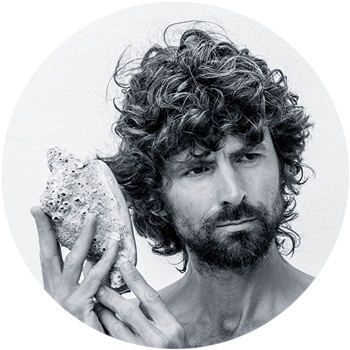
James Boag | Whole Life Yoga
The yoga of the whole human being. Practical philosophy, storytelling, movement, inquiry, looking in ways that reach beyond our habitual ways of looking.
Listen to James’ unique whole life yoga perspectives on the WHOLE LIFE YOGA podcast.

